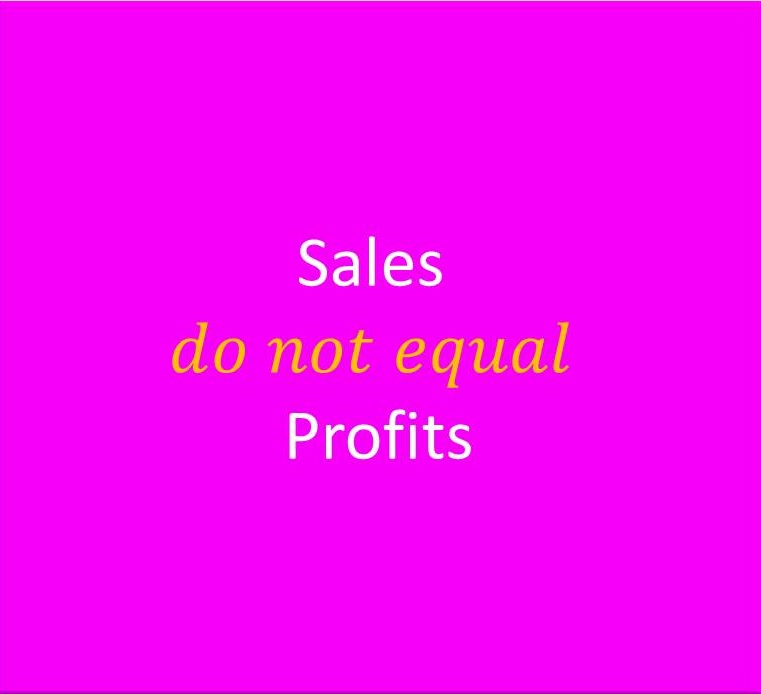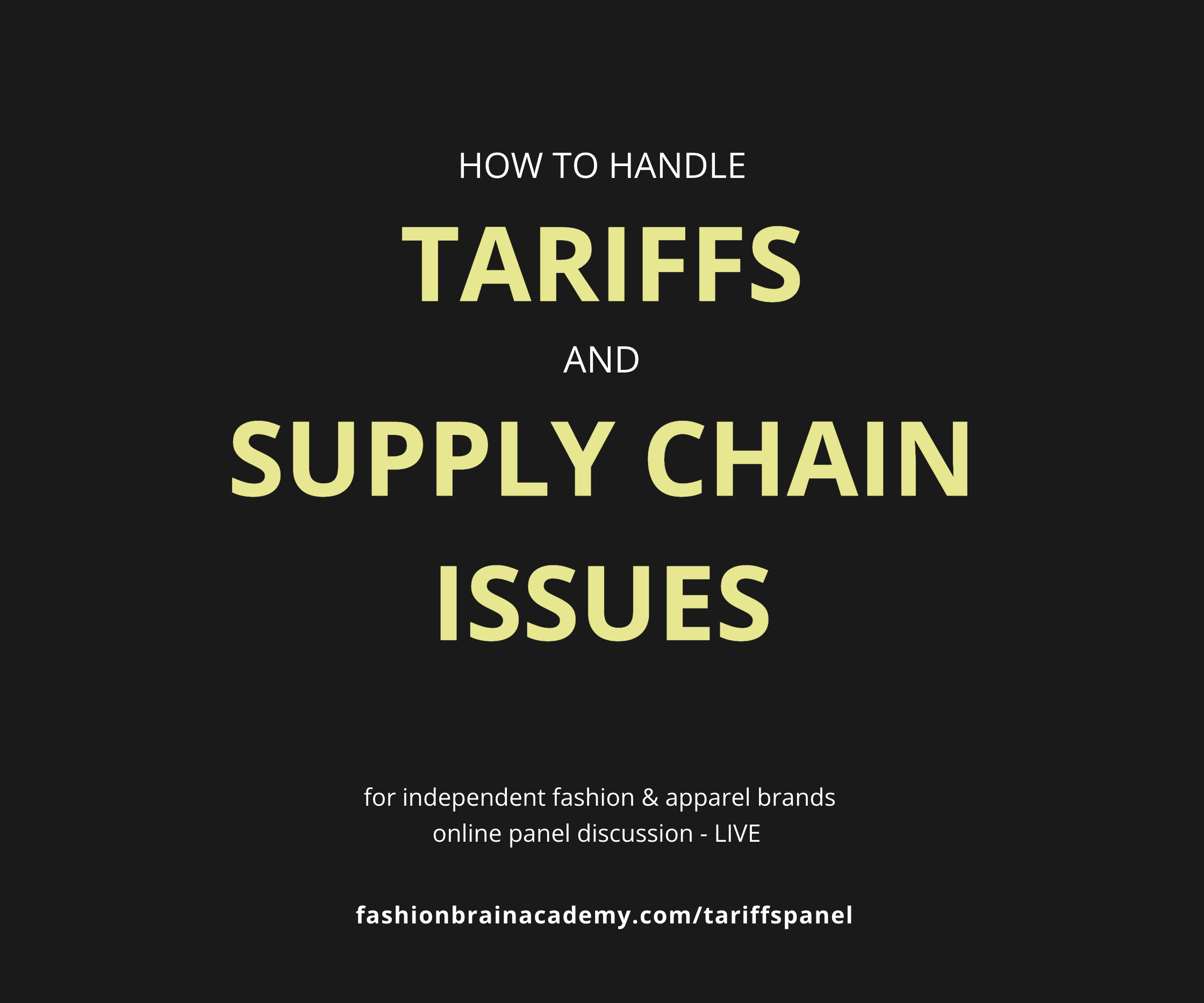
Are you falling for the idea that increasing sales = increasing profits? I’d like to shed some light on a problem I see with emerging fashion designers all the time. I mean, all the time… So let’s start by defining the terms – even if they seem pretty darn obvious. Sale: “The exchange of a commodity for money; the action of selling something.” Profit: “A financial gain, esp. the difference between the amount earned and the amount spent in buying, operating, or producing something.” If every sale you make is profitable, then increasing your sales DOES mean an increase in profit. And profit is the fun part – what’s left over after you pay all your bills. It’s can be cold hard cash that you use to re-invest in your business, hire an assistant, pay the mortgage, or buy a new pair of Manolo’s. So why is it that so many designers are still selling things that make them no money?

Here are a few examples I’ve run into lately (the names are changed but the stories are real). Anything sound familiar to you? Meet Kelly Kelly is a jewelry and T-shirt designer. She takes any custom order that comes her way. Even if it’s for a completely custom T (embellished, mind you) that she sold for $45 because “that’s all they’ll pay” and heck, “it’s still cash and you NEVER turn down cash, right?” Actually, Kelly, you do turn down cash – when it’s “crazy cash”. You turn down a sale that looks good at first glance but after you run the numbers you realize it’s a complete waste of time. Usually because one of the following is happening:
- Your COGS (cost of goods sold) is too high
- You pay too much for shipping so it eats up your margin
- On paper the sale looks good but when you count the man-hours spent per sale (could be packing, shipping, etc.) you make no real money
- You spend too much in payroll for servicing the customer on a sale that’s a low pricepoint
- The customer is so high maintenance and you interact so many times with them that they suck all the profit out of it. (I experienced with a boutique who thought they had the buying power of Bloomingdale’s but didn’t. It was not fun.)
Meet Audrey Audrey designs shirts and does group orders. She’s made hipster uniforms for hotels and bars, that type of thing. She sells the initial order and I’m pretty sure the profit margin is OK on that – assuming she doesn’t spend too much time making things completely customized. But then she screws up. She does FREE alterations for anyone in the group. Free. This takes a LOT of time and she hates it. Some people are not happy with 2 or 3 rounds of alterations! And she just sucks it up and does it. Why? “Because I want them to be really happy”. But here’s the thing. Some people will never be happy. Some sales will never make you money. It’s our job as entrepreneurs to weed out the unprofitable customers.
“If you stop marketing to unprofitable customers, you have more time and resources for customers who actually grow your business. More than likely, 20% of your customer base is contributing 150% to 200% of total annualized profit (TAP); 70% is breaking even; and 10% is costing you 50% to 100% of TAP,”-marketing consultant Michael King (taken from the Microsoft Website)
Here’s Your Challenge Take a look at your current customers. Make a simple list of your top 10 – 20 customers or wholesale accounts. Which ones are the headaches? Which ones are the customers you know in your heart you could stop selling and you would not lose profit? Then ask yourself this question. Do I really care about my total sales volume or do I care more about what’s left over for me? What’s left over to re-invest in my business? I would much rather have fewer overall sales (less work and hassle) with a higher profit margin. But many of us are ego-driven. We want to hit that sales goal regardless. “We sold 1.5 million last year – booyah!” Who cares about that if in the end you only took home 20K? Give me a business that does $500,000 in business but makes me $80K. This way you work less and make more and who doesn’t want that? Once you identify the truly profitable customers, do the work to retain them. Don’t let good customer slip away due to lack of follow-up.It costs less to retain a customer than to get a new one (some studies say 5x less). If you haven’t heard from them in a while – send a personal email or better yet, pick up the phone. Being kind to customers and offering to fix things that go wrong goes a LONG way. The relationships you have mean something so preserve them whenever you can. The profitable relationships, that is. Now I want to hear from you. Leave a comment below and tell me this… Have you made any of the mistakes we talked about? What did you do to fix it? Did you like this article? If so, will you kindly click the LIKE button below and spread the love? Have a GREAT day, Jane


